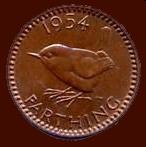








Designed by Nigel G Wilcox






The Paragon Of Metal Detecting
Powered By Sispro1
British Sterling Currency - Numismatics,
Shilling
For Reference ONLY
Everything For The Detectorist
Shilling
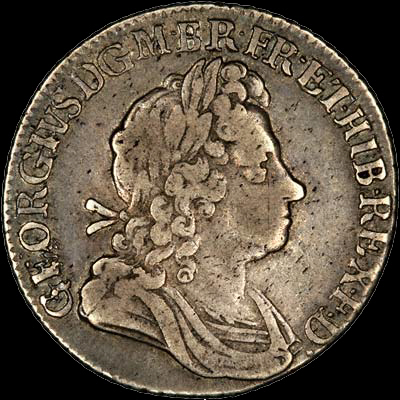
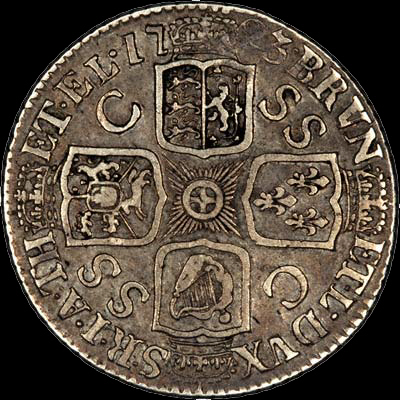
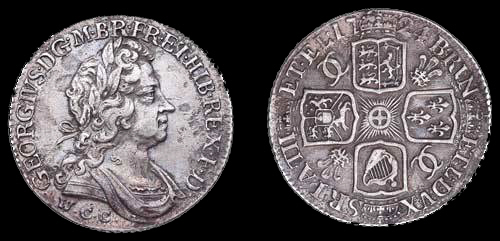
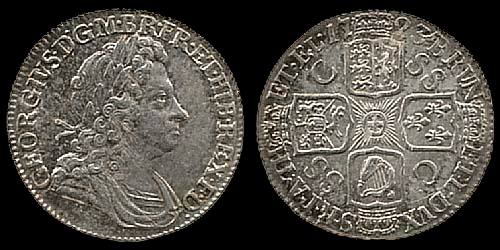
George I 1714-1727 AD
The economic crisis, known as the South Sea Bubble, made George and his ministers extremely unpopular. In 1721 Lord Stanhope, though personally innocent, collapsed and died after a stressful debate in the House of Lords, and Lord Sunderland resigned from public office. Lord Sunderland retained a degree of personal influence with George until his sudden death in 1722 allowed the rise of Sir Robert Walpole. Walpole became de facto Prime Minister, although the title was not formally applied to him (officially, he was First Lord of the Treasury and Chancellor of the Exchequer). His management of the South Sea crisis, by rescheduling the debts and arranging some compensation, helped the return to financial stability. Through Walpole's skillful management of Parliament, George managed to avoid direct implication in the Company's fraudulent actions.Claims that George had received free stock as a bribe are not supported by evidence; indeed receipts in the Royal Archives show that he paid for his subscriptions and that he lost money in the crash
There are two different obverse and one reverse issued for the shillings of the George I reign.
They all however have different issue marks in angles on the reverses.
Roses & Plumes - silver from "Company for smelting down lead with Pitcole and Seacole" SSC - silver from the South Sea Company
Plumes & interlinked CC with WCC below bust - silver from the Welsh Coper Company.
The obverse was by John Croker and the reverse was by
Johan Ochs senior.
The economic crisis, known as the South Sea Bubble, made George and his ministers extremely unpopular. In 1721 Lord Stanhope, though personally innocent, collapsed and died after a stressful debate in the House of Lords, and Lord Sunderland resigned from public office. Lord Sunderland retained a degree of personal influence with George until his sudden death in 1722 allowed the rise of Sir Robert Walpole. Walpole became de facto Prime Minister, although the title was not formally applied to him (officially, he was First Lord of the Treasury and Chancellor of the Exchequer). His management of the South Sea crisis, by rescheduling the debts and arranging some compensation, helped the return to financial stability. Through Walpole's skillful management of Parliament, George managed to avoid direct implication in the Company's fraudulent actions.Claims that George had received free stock as a bribe are not supported by evidence; indeed receipts in the Royal Archives show that he paid for his subscriptions and that he lost money in the crash
There are two different obverse and one reverse issued for the shillings of the George I reign.
They all however have different issue marks in angles on the reverses.
Roses & Plumes - silver from "Company for smelting down lead with Pitcole and Seacole" SSC - silver from the South Sea Company
Plumes & interlinked CC with WCC below bust - silver from the Welsh Coper Company.
The obverse was by John Croker and the reverse was by
Johan Ochs senior.
Royal Monarchy
Copyright © All Rights Reserved by Nigel G Wilcox · · E-Mail: ngwilcox100@gmail.com

George I
INFORMATION - DATA
Pages
We do NOT buy or sell coins
Main Coin Menu

VIEW ALL MENUS
Member NCMD
6. S. Menu
























